
Building tensile structures can be a complex process, but it offers a unique and visually striking design solution. Here are some steps involved in building a tensile structure for a building:
1. Design: The first step in building a tensile structure is to develop a design that meets the specific needs of the building. This involves working with architects, engineers, and fabricators to create a design that is both functional and aesthetically pleasing.
2. Fabrication: Once the design has been developed, the fabricator will create a detailed shop drawing that includes all the necessary dimensions, materials, and fabrication details. The fabricator will then create the fabric panels and steel or aluminum frame components based on the shop drawing.
3. Installation: The installation process involves erecting the steel or aluminum frame, attaching the fabric panels to the frame, and tensioning the fabric to create the desired shape. The installation process may require cranes, scaffolding, or other specialized equipment to ensure the structure is installed safely and securely.
4. Maintenance: Once the tensile structure is installed, it requires regular maintenance to ensure it continues to function properly and looks its best. This may include cleaning the fabric panels, inspecting the frame for damage or wear, and making any necessary repairs.
Overall, building a tensile structure for a building requires careful planning, design, fabrication, and installation. However, the end result is a unique and visually striking structure that can enhance the aesthetic of the building and provide functional benefits such as shade and energy efficiency.
A building tensile structure is a unique and visually appealing option for creating a modern and functional building. Tensile structures are lightweight, flexible, and can be customized to fit the specific needs of the building. Here are some examples of how tensile fabric can be used for building structures:
1. Tensile roof: Tensile fabric can be used to create a tensile roof for buildings. The fabric can be stretched over a frame to create a lightweight and flexible roof that provides shade and protection from the elements. It can also be used to improve energy efficiency by reducing solar heat gain.
2. Tensile facades: Tensile fabric can be used to create a unique facade for a building. The fabric can be stretched over a frame to create a three-dimensional shape that is both functional and visually appealing. It can also be used to provide shade and improve energy efficiency by reducing solar heat gain.
3. Tensile atrium: Tensile fabric can be used to create an atrium in a building that provides natural light and ventilation. The fabric can be used to create a lightweight and flexible roof that allows maximum sunlight to enter the space. It can also be used to create a unique and visually appealing design that complements the surrounding architecture.
4. Tensile canopies: Tensile fabric can be used to create canopies over building entrances, walkways, and outdoor seating areas. The fabric can be stretched over a frame to create a lightweight and flexible structure that provides shade and protection from the elements.
5. Interior spaces: Tensile fabric can be used to create unique and visually appealing interior spaces. The fabric can be used to create a lightweight and flexible ceiling or wall panel that adds visual interest to the space.
Overall, a building’s tensile structure offers a unique and visually appealing option for creating a modern and functional building. Tensile structures can be customized to fit the specific needs of the building and can be designed to complement the surrounding architecture and landscape.
Tensile fabric buildings are known for their unique shape and design. They are made by stretching a fabric membrane over a structural framework. Here are some popular shapes and designs for tensile fabric buildings:
1. Cone-shaped: A cone-shaped tensile fabric building is a popular choice for outdoor event spaces like amphitheaters, outdoor stages, and pavilions.
2. Spherical: A spherical tensile fabric building is a globe-shaped structure that can be used for a variety of purposes like indoor sports arenas, exhibition spaces, and entertainment venues.
3. Hyperbolic paraboloid: A hyperbolic paraboloid tensile fabric building is a structure that is characterized by its saddle-like shape. It is a popular choice for large-scale commercial buildings, like airports, convention centers, and shopping malls.
4. Pyramid: A pyramid-shaped tensile fabric building is a popular choice for outdoor pavilions, playgrounds, and park structures.
5. Sail-shaped: A sail-shaped tensile fabric building is a structure that is inspired by the shape of a sail. It is a popular choice for outdoor event spaces like weddings, receptions, and parties.
6. Wing-shaped: A wing-shaped tensile fabric building is a structure that is inspired by the shape of a bird's wing. It is a popular choice for large-scale commercial buildings like airports, convention centers, and museums.
7. Barrel-vaulted: A barrel-vaulted tensile fabric building is a structure that is characterized by its arched shape. It is a popular choice for large-scale commercial buildings like airports, convention centers, and museums.
There are several benefits of using a tensile fabric membrane for a building structure:
1. Lightweight and Flexible: Tensile fabric membranes are lightweight and flexible, making them ideal for creating unique shapes and designs that are not possible with traditional building materials.
2. Cost-Effective: Compared to traditional building materials like concrete and steel, tensile fabric membranes are more cost-effective. They require less material and labor to install, which can save you money in the long run.
3. Energy-Efficient: Tensile fabric membranes are translucent and allow natural light to enter the building, reducing the need for artificial lighting. They can also be coated with a reflective material that helps to reduce heat gain, making them more energy-efficient.
4. Durability: Tensile fabric membranes are designed to withstand harsh weather conditions like wind, rain, and snow. They are also resistant to fire, mildew, and UV rays, making them a durable and long-lasting option for building structures.
5. Quick Installation: Tensile fabric membranes can be installed quickly and easily, which can speed up the construction process and reduce project timelines.
6. Customizable: Tensile fabric membranes can be customized to fit any shape or size, making them a versatile option for building structures. They can also be printed with graphics or branding, making them a great option for advertising or marketing purposes.
7. Sustainable: Tensile fabric membranes are a sustainable building material that can be recycled at the end of their life cycle. They are also made from materials that have a low carbon footprint, making them an eco-friendly option for building structures.
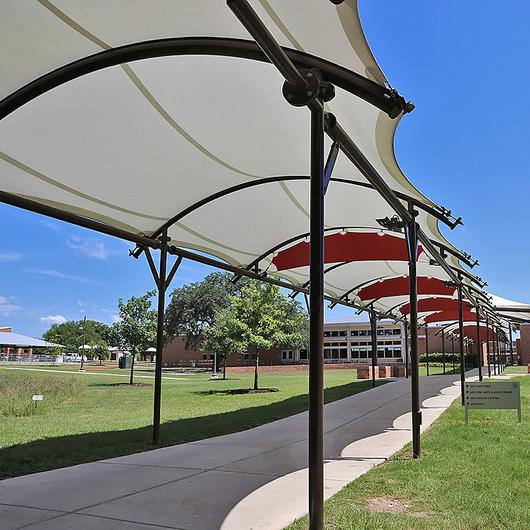 Walkway Structure
Walkway Structure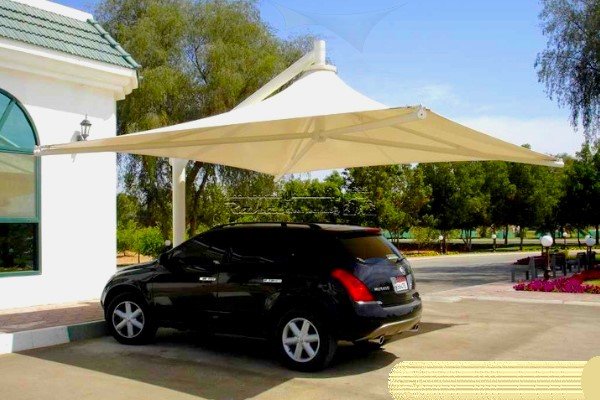 Tensile Umbrella
Tensile Umbrella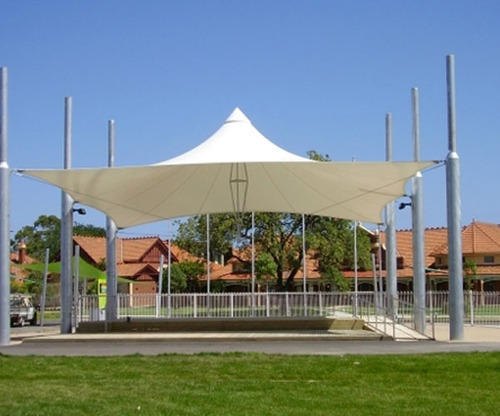 Tensile Gazebo
Tensile Gazebo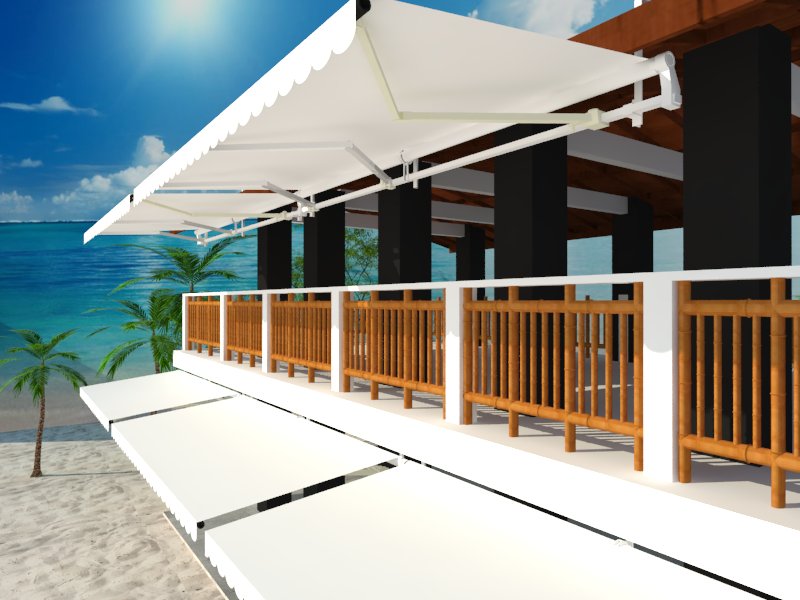 Awning Shade
Awning Shade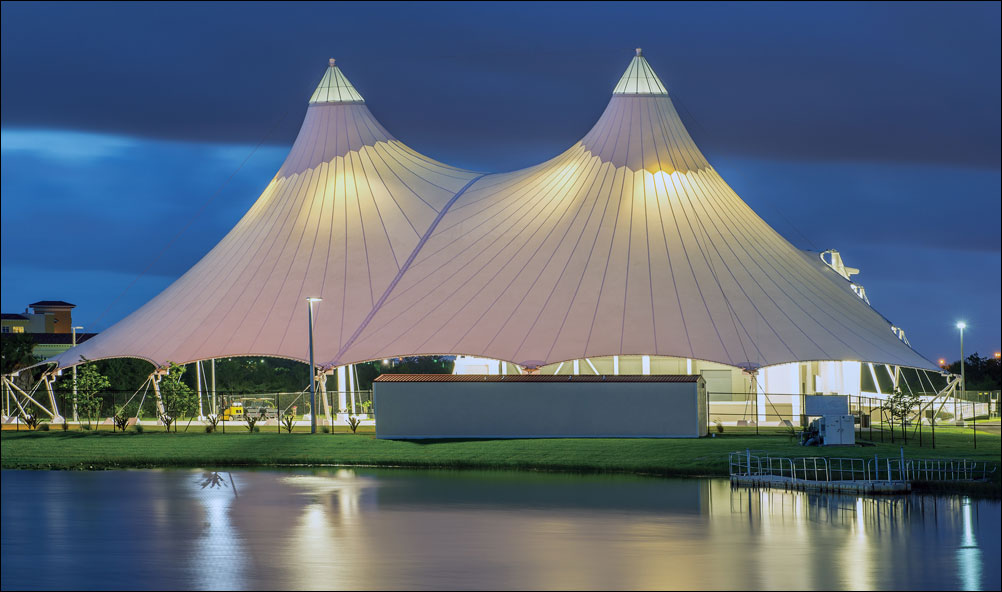 Tensile Structure
Tensile Structure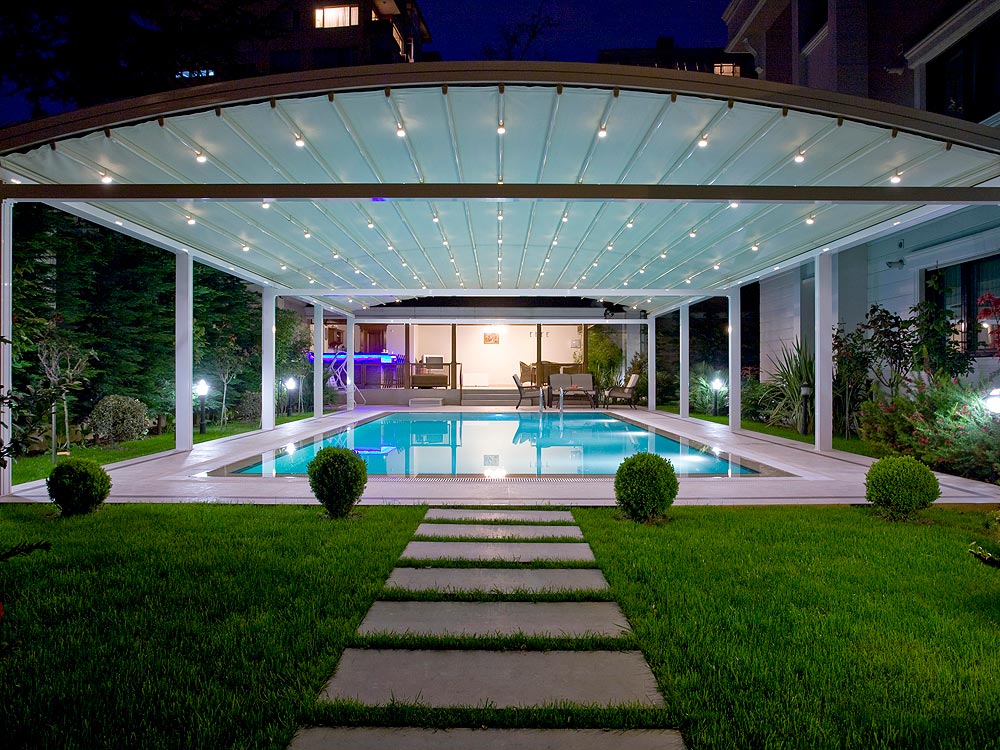 Swimming Pool Enclosures
Swimming Pool Enclosures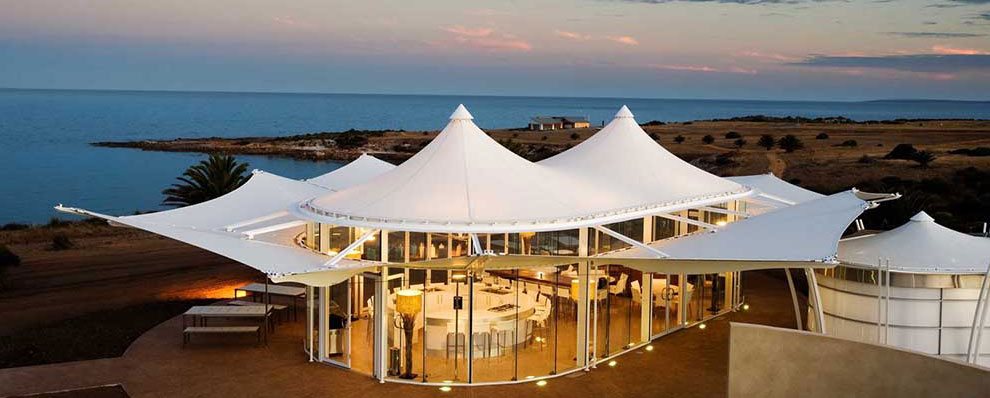 Tensile Roof Shade
Tensile Roof Shade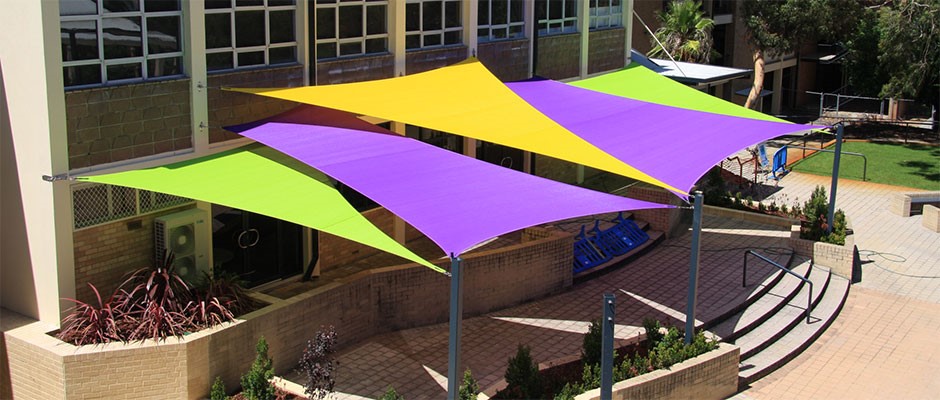 Shade Sail
Shade Sail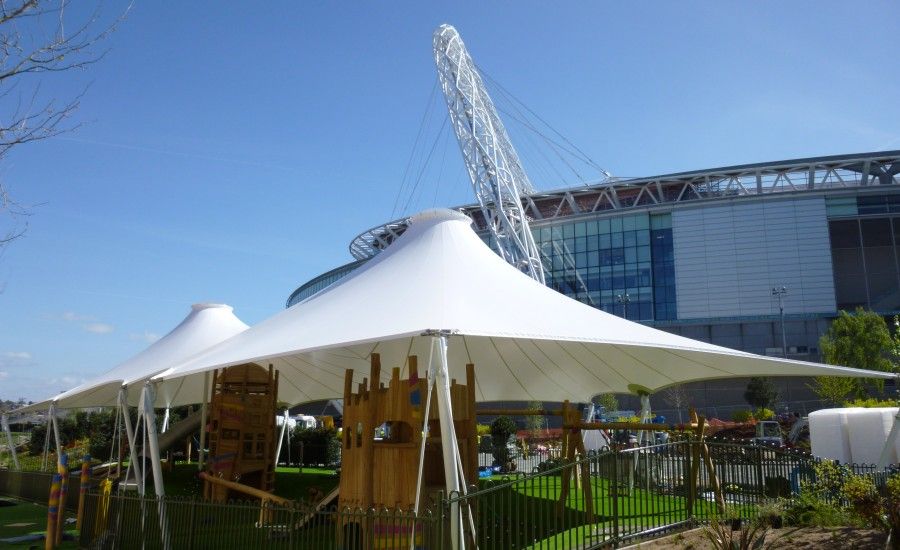 Architectural Umbrellas
Architectural Umbrellas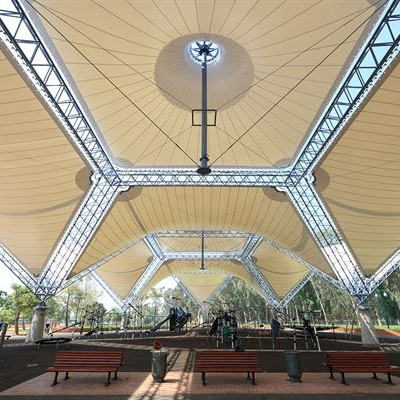 Auditorium Tensile Structure
Auditorium Tensile Structure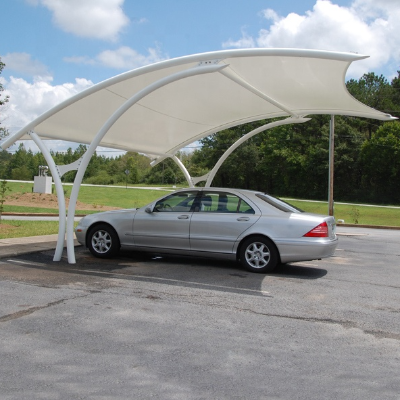 Tensile Car Parking
Tensile Car Parking Conical Tensile Structure
Conical Tensile Structure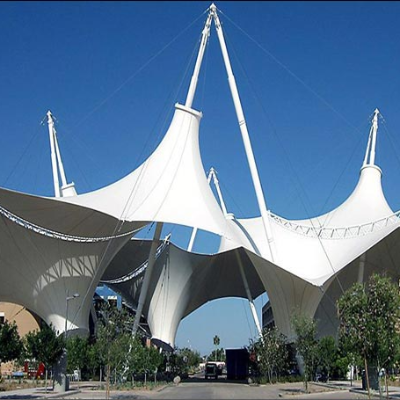 Modular Tensile Structure
Modular Tensile Structure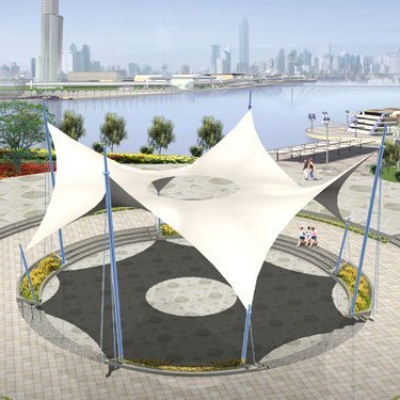 Outdoor Tensile Structures
Outdoor Tensile Structures Swimming Pool Tensile Structure
Swimming Pool Tensile Structure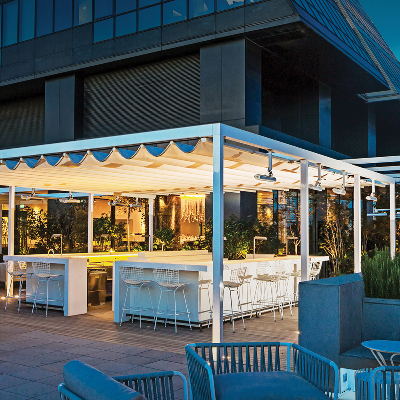 Retractable Roof
Retractable Roof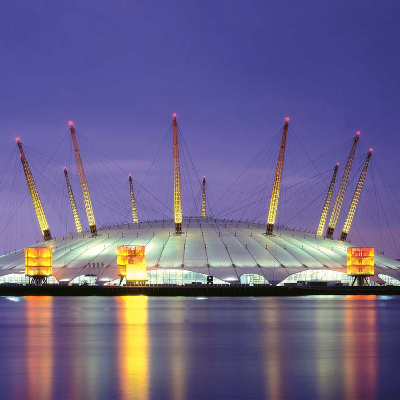 Tensile Architecture
Tensile Architecture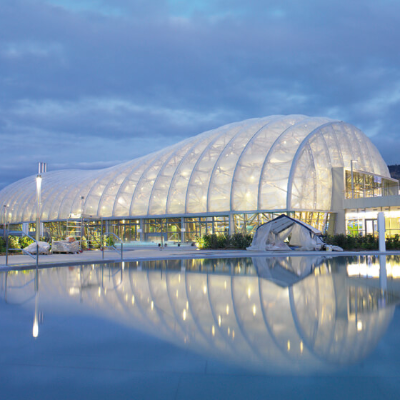 Tensile Membrane Structure
Tensile Membrane Structure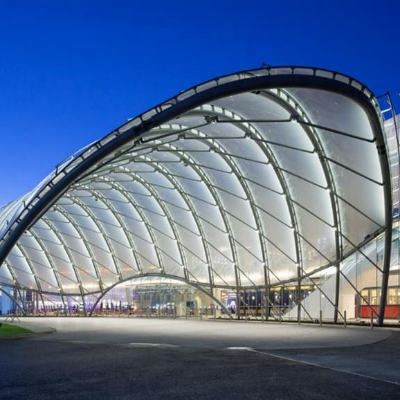 Tensile Roof
Tensile Roof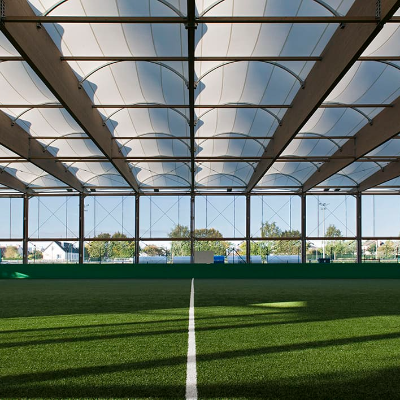 Fabric Roof
Fabric Roof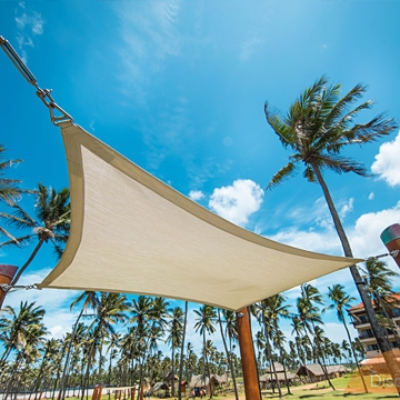 Hyper Tensile Structure
Hyper Tensile Structure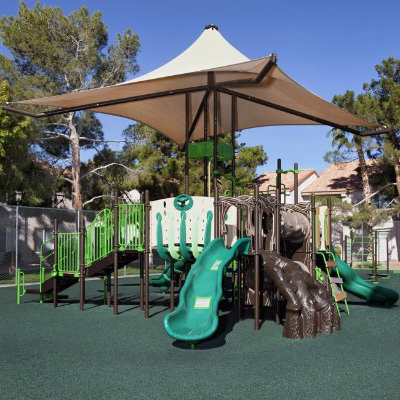 Playground Canopies
Playground Canopies Tensile Canopy
Tensile Canopy Tensile Fabric Structure
Tensile Fabric Structure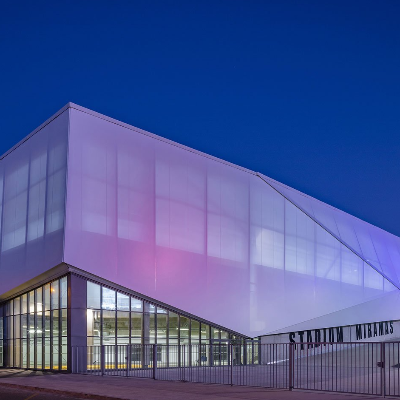 Tensile Facade
Tensile Facade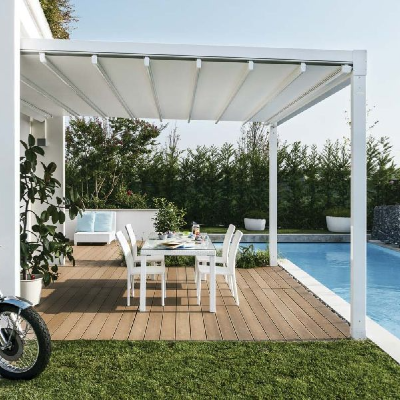 Tensile Pergola
Tensile Pergola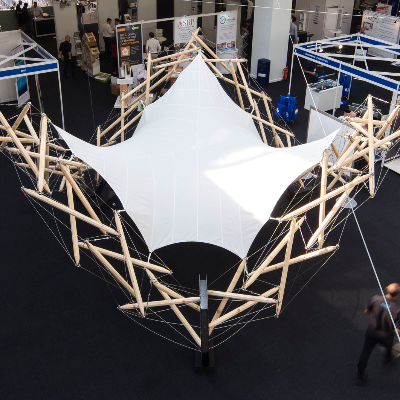 Tension Fabric Structure
Tension Fabric Structure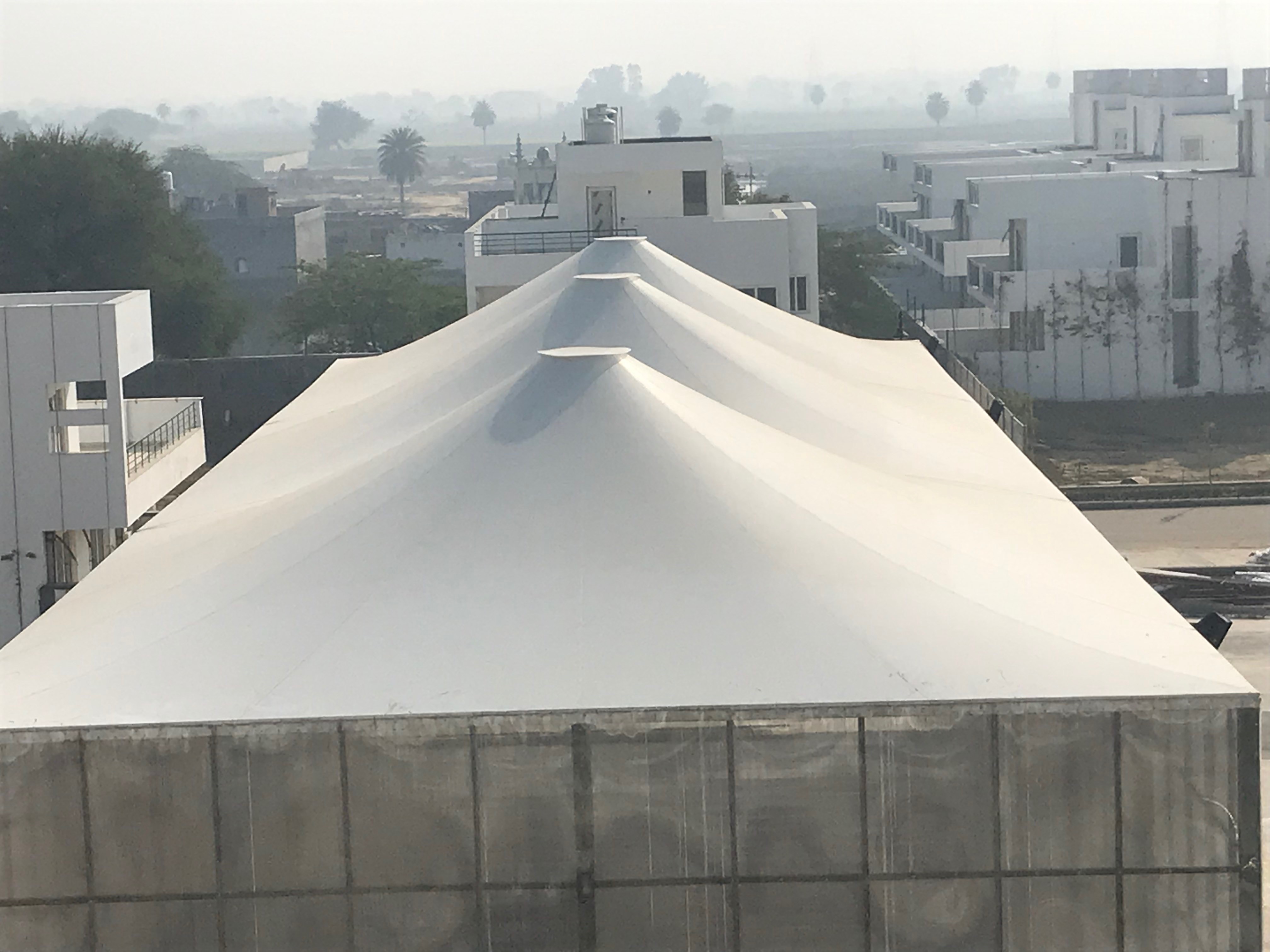 Badminton Court Tensile Structure
Badminton Court Tensile Structure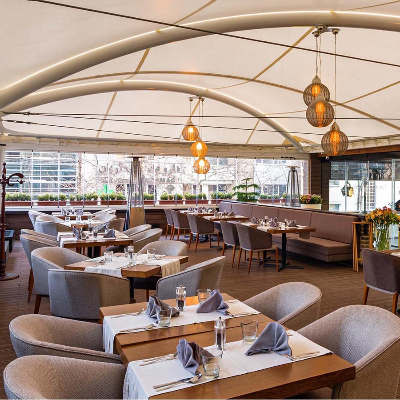 Restaurants Tensile Structure
Restaurants Tensile Structure Cantilever Tensile Structure
Cantilever Tensile Structure Inverted Umbrella Tensile Structure
Inverted Umbrella Tensile Structure Amphitheater Tensile Structure
Amphitheater Tensile Structure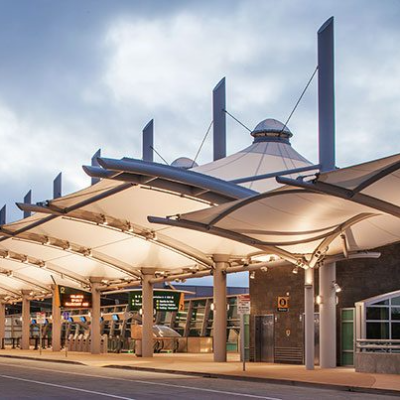 Airport Tensile Structure
Airport Tensile Structure Tensile Shelter
Tensile Shelter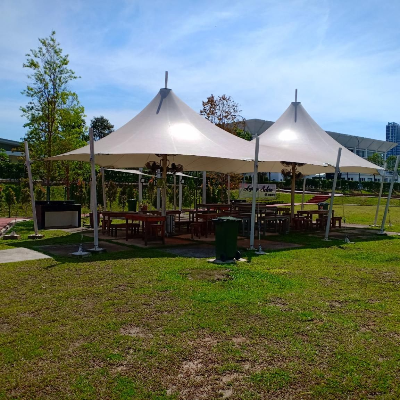 Lawn Tensile Structure
Lawn Tensile Structure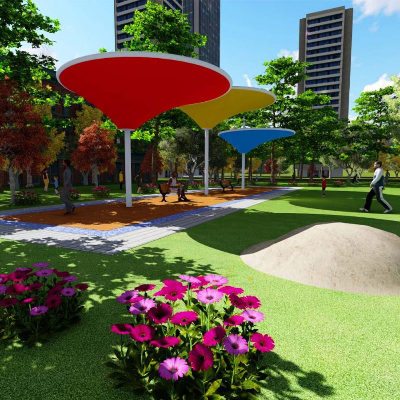 Garden Tensile Structure
Garden Tensile Structure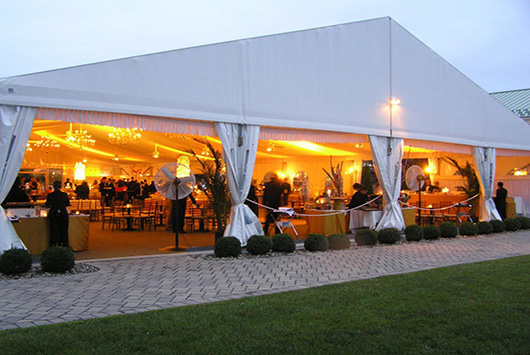 Marriage Hall Tensile Structure
Marriage Hall Tensile Structure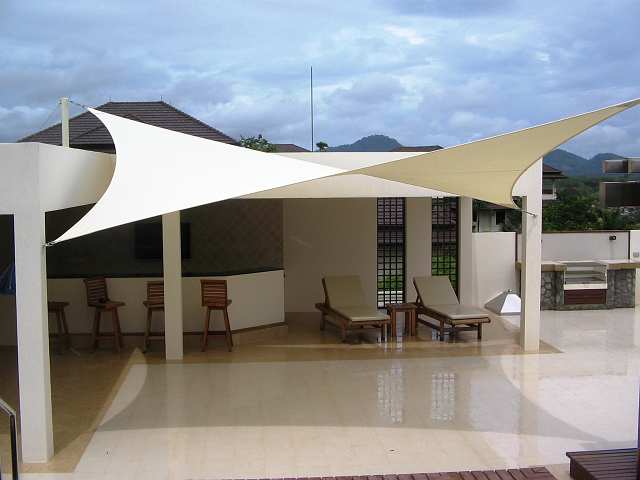 Terrace Tensile Structure
Terrace Tensile Structure House Tensile Structure
House Tensile Structure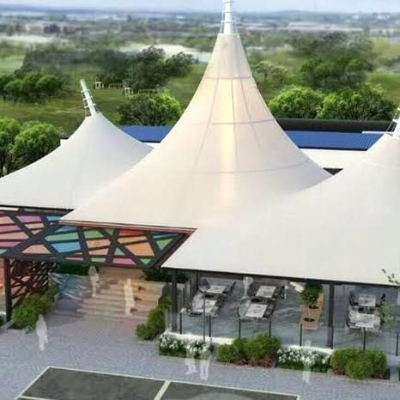 Roofing Tensile Structure
Roofing Tensile Structure Tensile Structure for Parking
Tensile Structure for Parking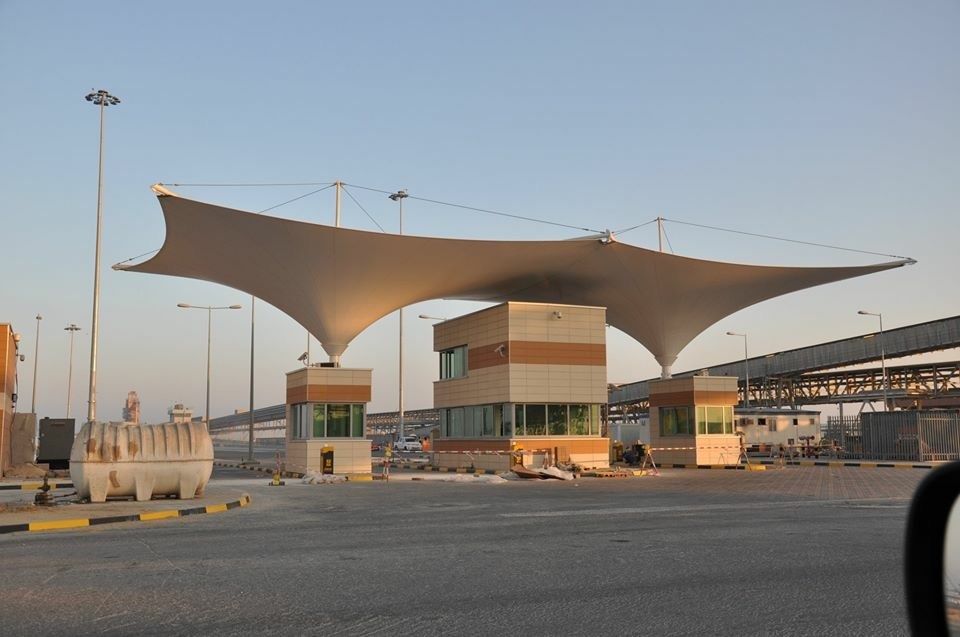 Tensile Structure for Entrance Canopy
Tensile Structure for Entrance Canopy Tensile Structure for Public Spaces
Tensile Structure for Public Spaces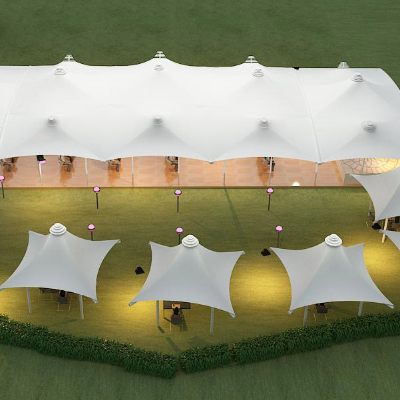 Tensile Structure for Banquet
Tensile Structure for Banquet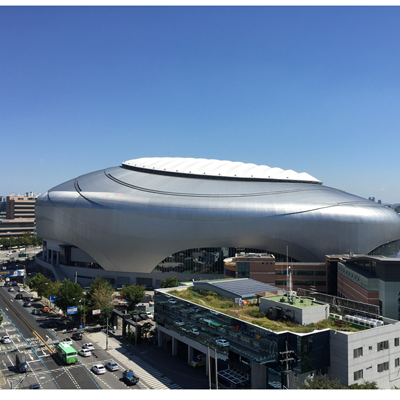 Anticlastic Structure
Anticlastic Structure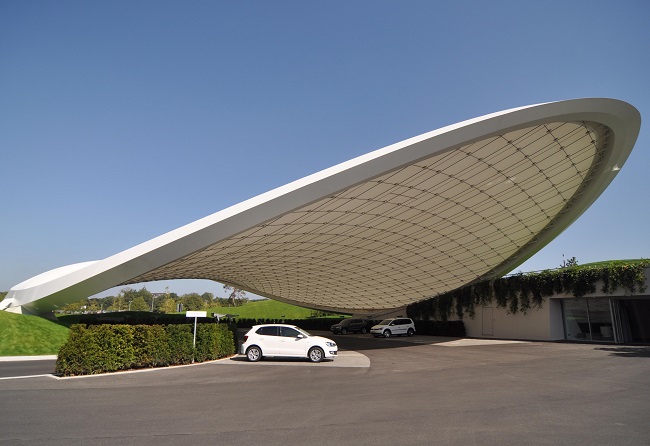 Synclastic Structure
Synclastic Structure Linear Tensile Structures
Linear Tensile Structures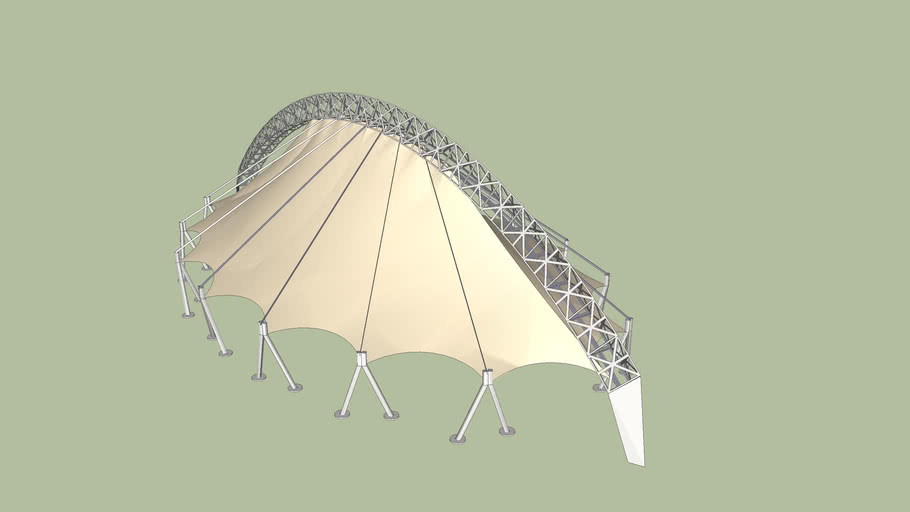 Three Dimensional Tensile Structures
Three Dimensional Tensile Structures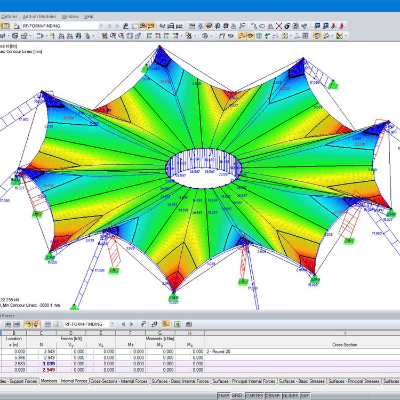 Surface Stressed Tensile Structures
Surface Stressed Tensile Structures Cable Net Membrane Structure
Cable Net Membrane Structure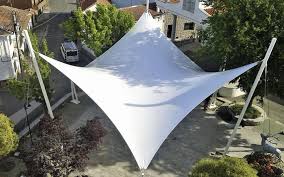 Hyperbolic Paraboloid Tensile Structure
Hyperbolic Paraboloid Tensile Structure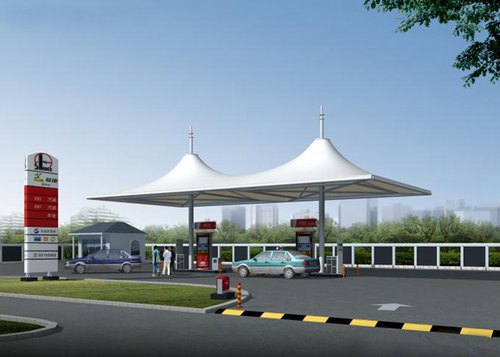 Petrol Pump Tensile Canopy
Petrol Pump Tensile Canopy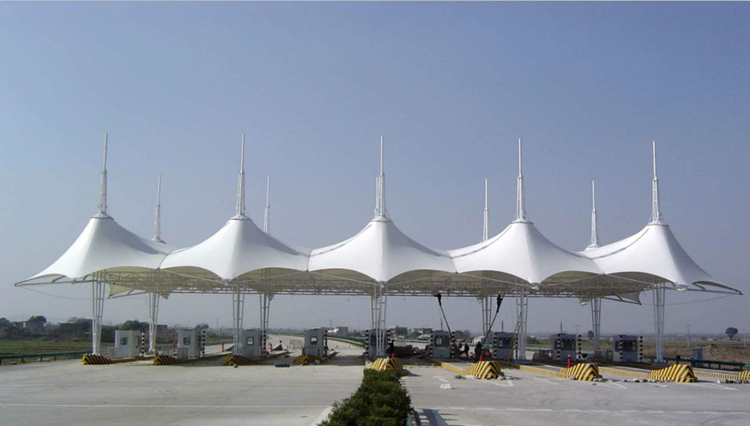 Toll Plaza Tensile Canopy
Toll Plaza Tensile Canopy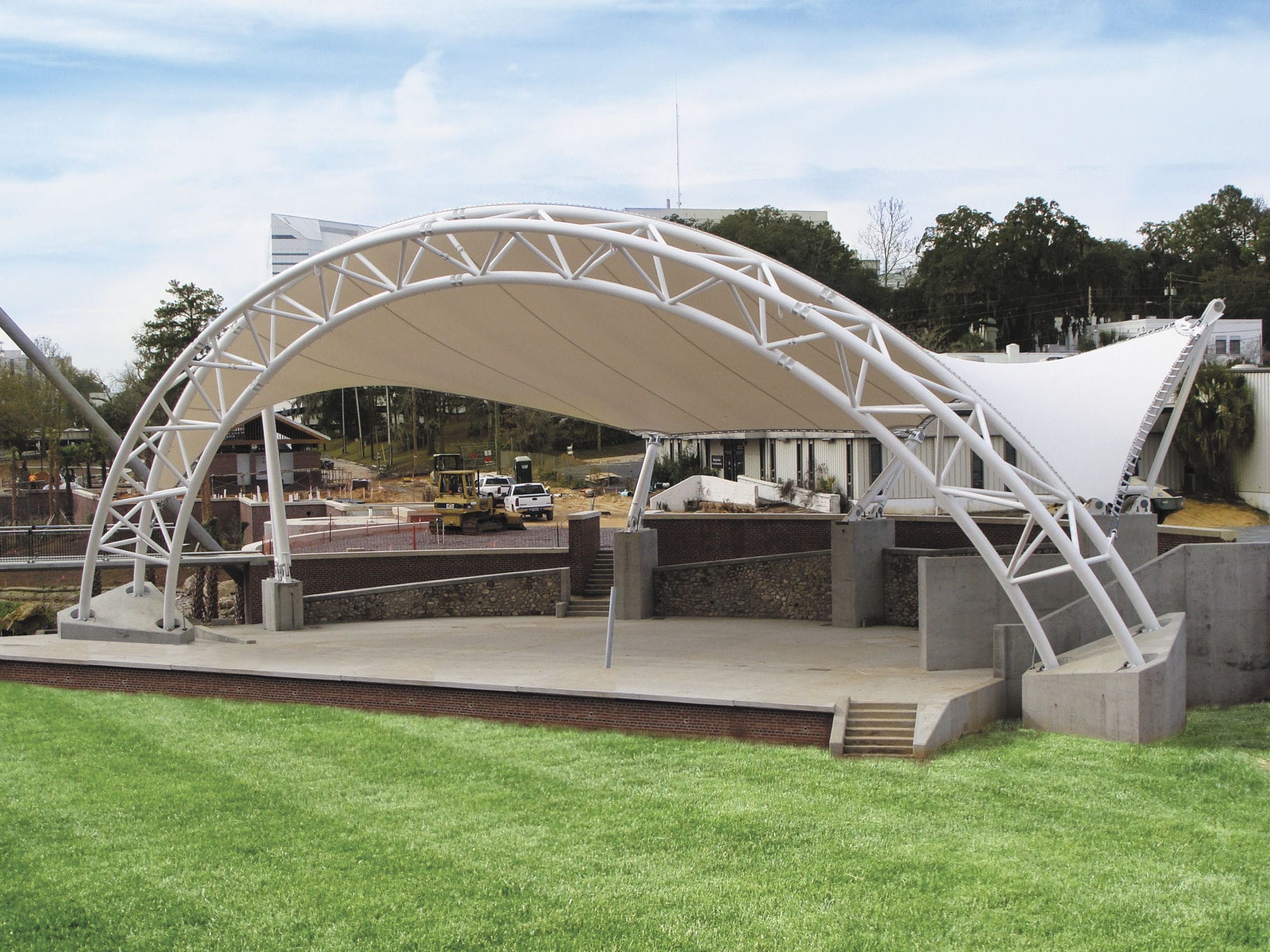 Arch Supported Tensile Structure
Arch Supported Tensile Structure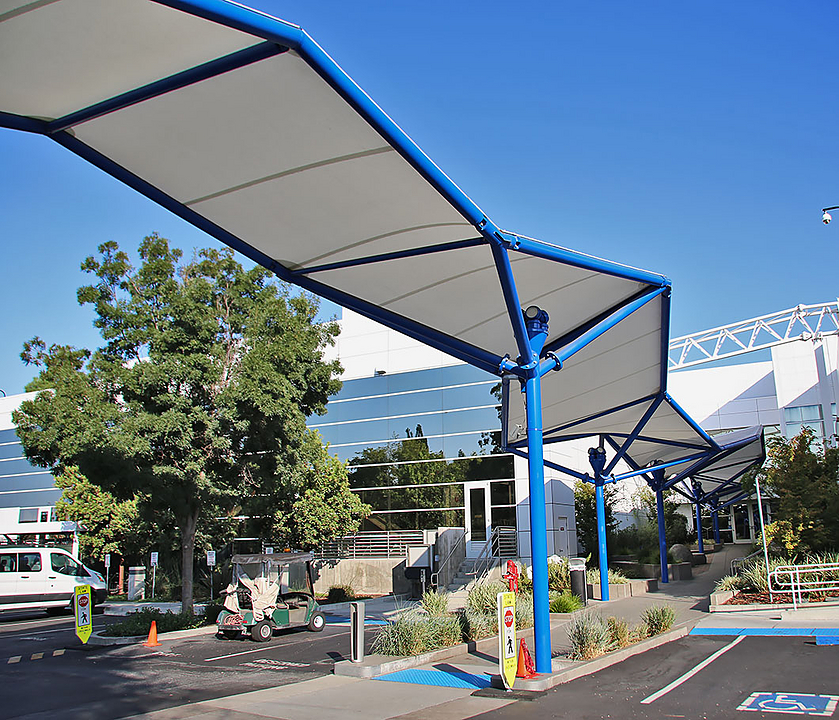 Barrel Roof Walkways
Barrel Roof Walkways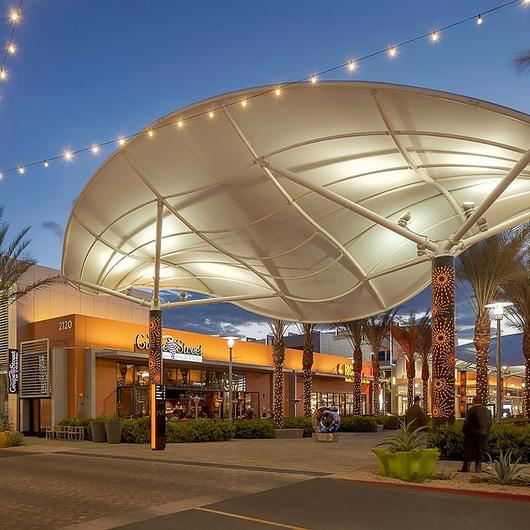 Canopy Membrane
Canopy Membrane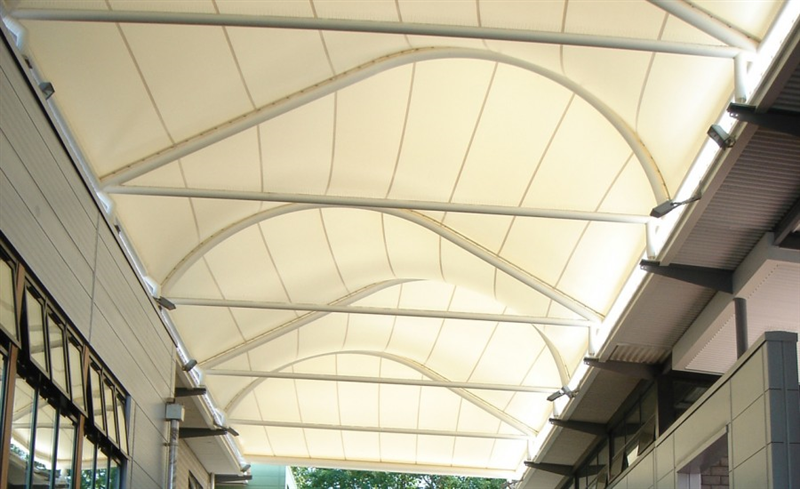 Atrium Tensile Architecture
Atrium Tensile Architecture School Tensile Structure
School Tensile Structure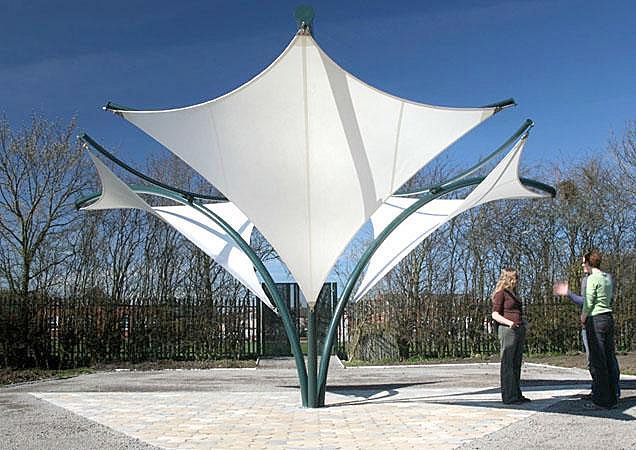 Tensile Landscape Structure
Tensile Landscape Structure Shell Structure
Shell Structure Tensile Pavilion Architecture
Tensile Pavilion Architecture Interior Tensile
Interior Tensile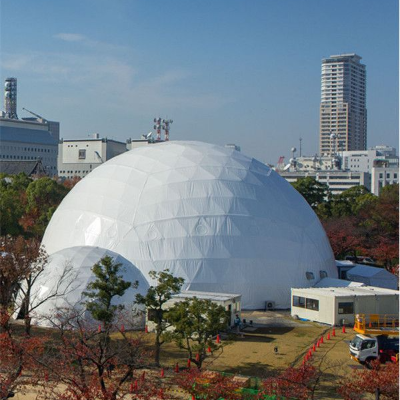 Tensile Dome
Tensile Dome Indoor Tensile Structure
Indoor Tensile Structure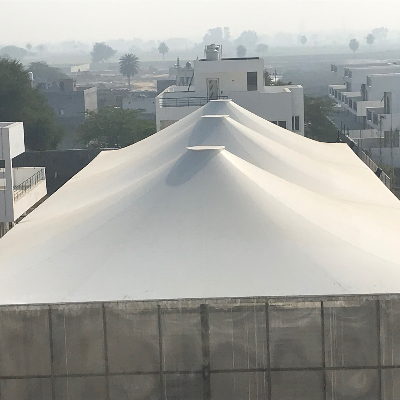 Tennis Court Tensile Roof Fabric Structure
Tennis Court Tensile Roof Fabric Structure Tensile Fabric False Ceiling and Stretch Ceiling
Tensile Fabric False Ceiling and Stretch Ceiling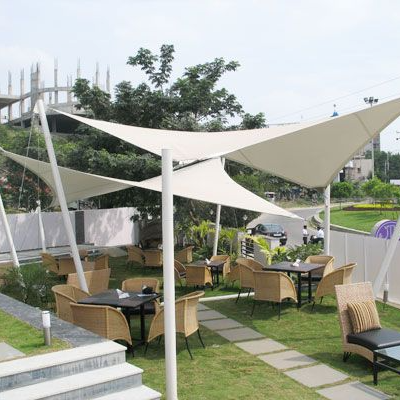 Tensile Structure Food Court
Tensile Structure Food Court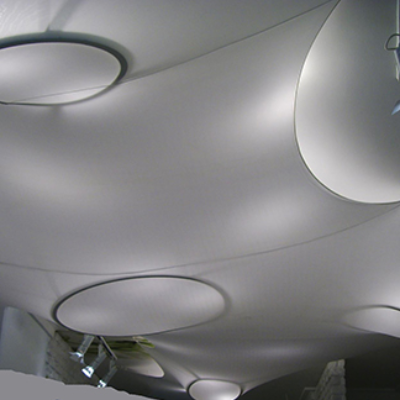 Tensile Stretch Ceiling
Tensile Stretch Ceiling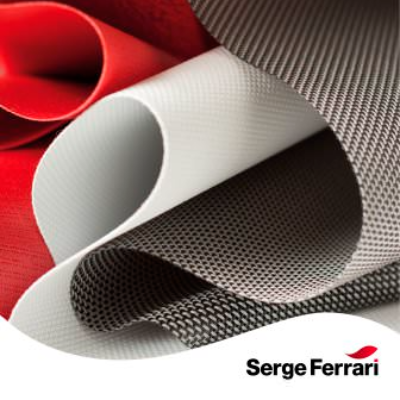 Serge Ferrari Fabric
Serge Ferrari Fabric Mehler Tensile Fabric
Mehler Tensile Fabric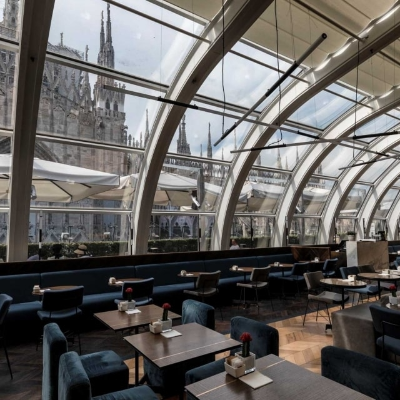 Acoustic Blinds
Acoustic Blinds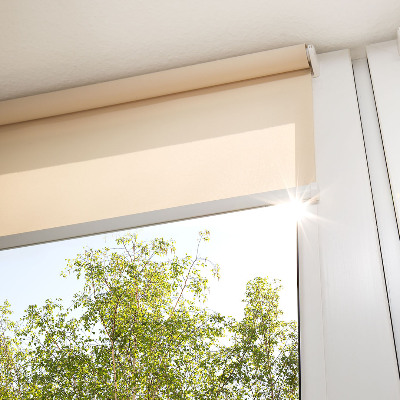 Roller Blinds
Roller Blinds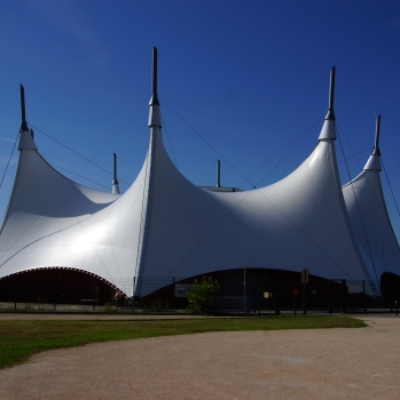 Mast Supported Tensile Structure
Mast Supported Tensile Structure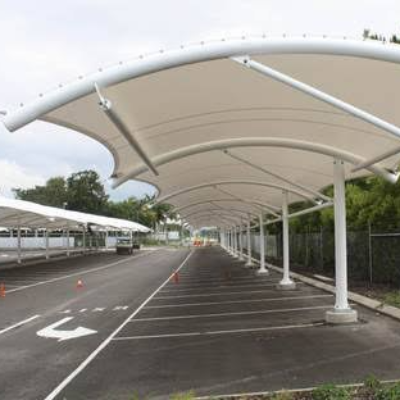 Barrel Vault Tensile Structure
Barrel Vault Tensile Structure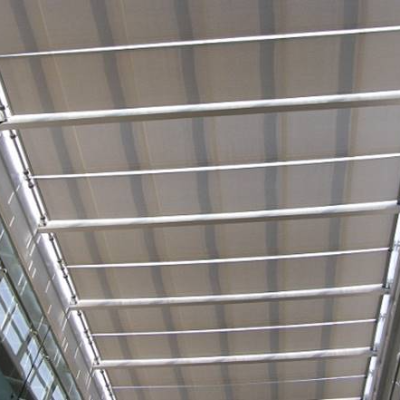 Parallel Tensile Structure
Parallel Tensile Structure